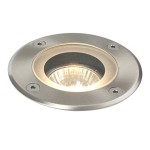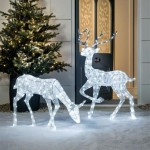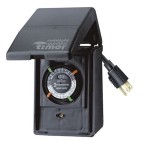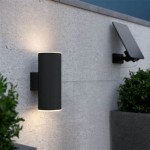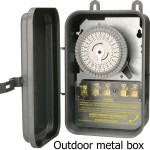How to Link Outdoor Lights Together
Outdoor lighting can transform your backyard into a magical space for entertaining, relaxation, and safety. It can also be a great way to showcase your landscaping and architectural features. While many people opt for pre-wired string lights or standalone solar lamps, linking outdoor lights together can offer greater design flexibility and customization. This method allows you to create unique lighting patterns, extend the reach of illumination, and even program different lighting effects.
Linking outdoor lights involves connecting multiple fixtures to a single power source, enabling them to function as a cohesive system. This can be achieved through various methods, each with its own advantages and considerations. This article will explore some of the most common techniques for linking outdoor lights together, providing a comprehensive guide to help you illuminate your outdoor space with style and functionality.
1. Using Extension Cords
Extending the reach of your existing outdoor power source is the simplest way to connect multiple lights. Extension cords are readily available and offer an easy, budget-friendly solution for linking fixtures. However, it's critical to consider safety precautions:
*
Extension Cord Type:
Choose outdoor-rated extension cords with a heavy-duty gauge to handle the combined wattage of all lights. Look for a label stating "UL Listed" or "ETL Listed" for quality and safety assurance.*
Weather Protection:
Ensure that the extension cord features a weatherproof seal to prevent moisture from entering and causing electrical problems.*
Overloading:
Do not overload the extension cord by connecting too many lights, as this can lead to overheating and potential electrical hazards. Consult the cord's maximum wattage rating to avoid exceeding it.*
Placement:
Avoid running extension cords through high-traffic areas or in close proximity to water sources, as this increases the risk of tripping or damage.*
Trip Hazards:
When using extension cords, ensure they are secured to prevent tripping or entanglement, particularly in walkways and near steps.While using extension cords is a quick and easy solution for temporary outdoor lighting, it may not be the most aesthetically pleasing or long-term solution. For a more permanent and integrated lighting system, consider the methods discussed below.
2. Connecting Lights Through a Transformer
For a larger-scale outdoor lighting project, connecting your fixtures through a transformer is a reliable and efficient option. This method is commonly used for low-voltage landscape lighting, which offers multiple benefits:
*
Safety:
Operating at a lower voltage, typically 12 volts, significantly reduces electrical hazards, making it ideal for outdoor use.*
Energy Efficiency:
Low-voltage lamps consume less power than standard household bulbs, resulting in lower energy consumption and costs.*
Flexibility:
Transformer-based systems allow for greater flexibility in positioning and arranging fixtures, as the wire gauge is smaller and less cumbersome.*
Customization:
Many low-voltage transformers offer various dimming options and timer functions, allowing you to control the brightness and duration of your outdoor lighting.To connect lights through a transformer, you will need a transformer with a suitable wattage capacity for the number of fixtures you intend to operate. Fixtures are then connected to the transformer using low-voltage wire, which is typically black for positive and white for negative. Proper wiring and insulation are crucial for safety and performance. For more complex setups, consulting an electrician is recommended to ensure professional installation and compliance with electrical codes.
3. Utilizing a Dedicated Circuit
For a truly integrated and powerful outdoor lighting system, installing a dedicated electrical circuit is the most advanced option. This involves running a separate electrical line from your breaker box to an exterior outlet or junction box specifically for outdoor lighting. This method offers several benefits:
*
High Wattage Capacity:
A dedicated circuit can handle a higher wattage load, enabling you to connect multiple high-powered fixtures without overloading the system.*
Reliability:
A separate circuit ensures that your outdoor lighting remains operational even if other appliances or circuits are overloaded.*
Advanced Features:
Dedicated circuits can accommodate specialized outdoor lighting systems, including smart home integration, motion sensors, and programmable lighting schedules.However, installing a dedicated circuit for outdoor lighting requires professional electrical expertise. It involves running new wiring, installing outlets or junction boxes, and ensuring proper grounding for safety. Consult with a qualified electrician for guidance and installation, ensuring compliance with local electrical codes and safety regulations.
Whether you choose to use extension cords, a transformer system, or a dedicated circuit, linking your outdoor lights together can create a stunning and functional lighting experience. By understanding the different options and their benefits, you can choose the best method for your specific needs and design preferences. Remember to prioritize safety, ensure proper wiring and connections, and consult professionals when necessary for reliable and long-lasting outdoor lighting.
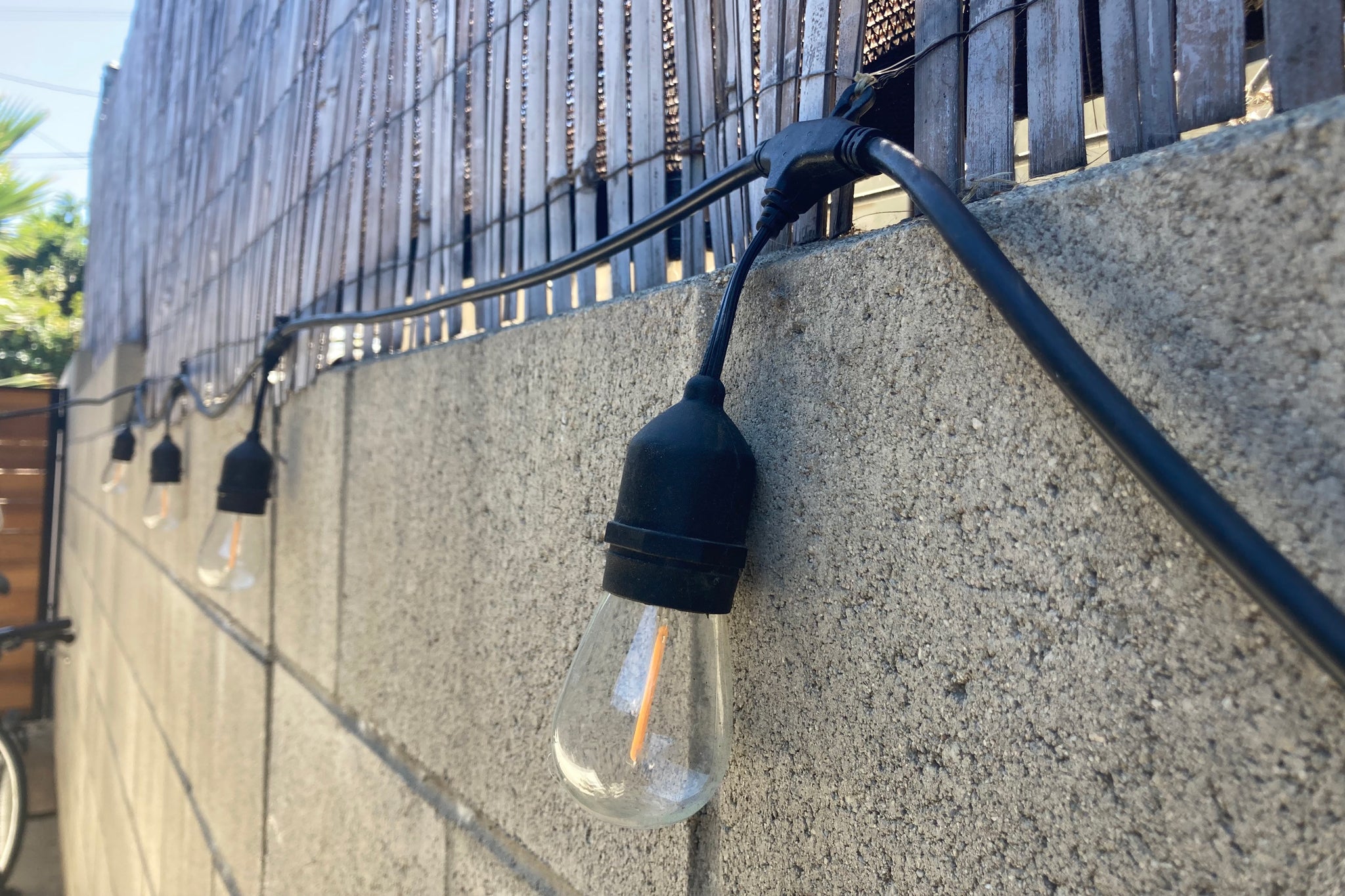
How To Hang Outdoor String Lights And Make Them Look Good Wirecutter

How To Hang Outdoor String Lights And Make Them Look Good Wirecutter

How Many Philips Hue Outdoor Lights You Can String Together

How Many Lights Can I String Together

How To Connect 3 String Lights Into One Ers

Sd Connect Landscape Lighting Connector
How To Hang Outdoor String Lights Resource Article By Partylights Com

How Do You Connect Your Low Voltage Outdoor Lights Garden Landscape Lighting

Favorite Outdoor String Lights Nesting With Grace

Festoon Lights Indoor Outdoor Delivery Lighting
